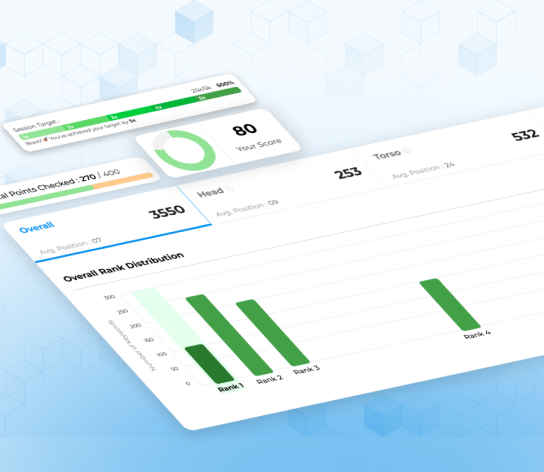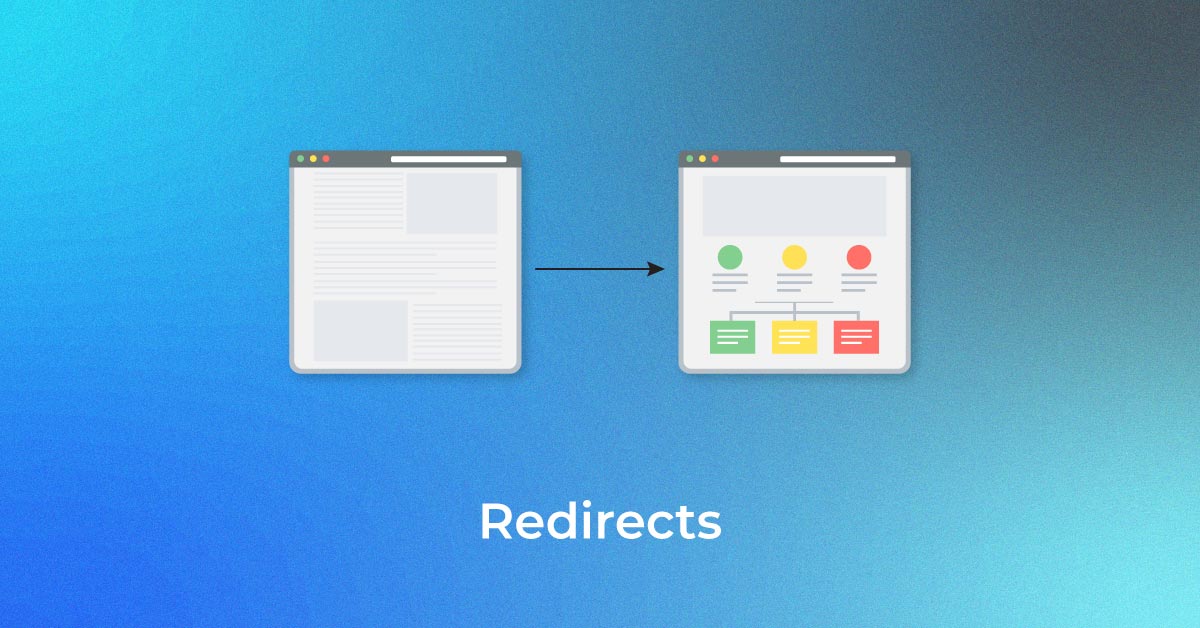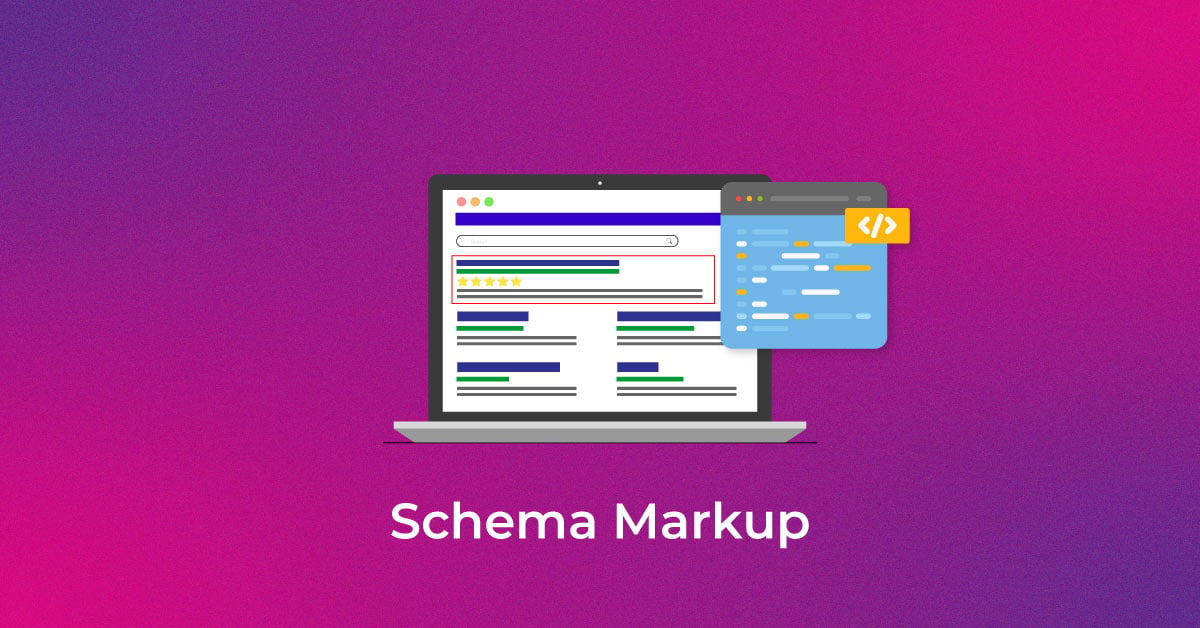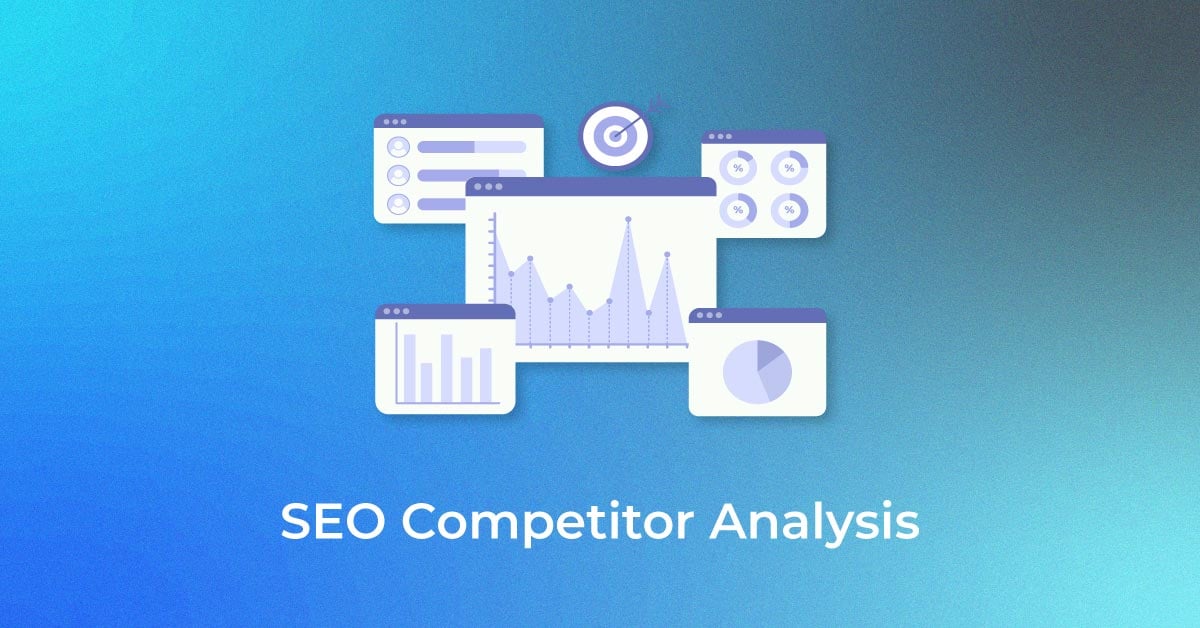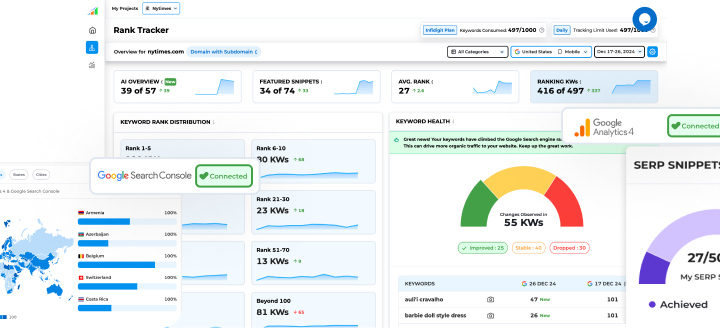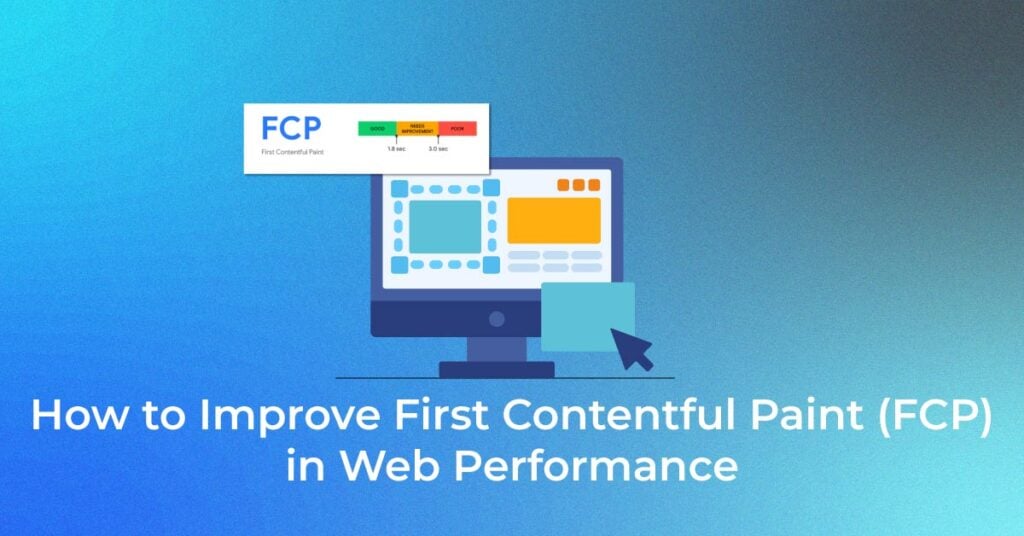Introduction to Web Performance and FCP
What is First Contentful Paint (FCP)
First Contentful Paint (FCP) measures the time from navigation to the moment when the browser first renders any part of content from the Document Object Model (DOM), providing the first indication to the user that the page is loading. This feedback is crucial since it answers the user’s question: “Is it happening?” As such, FCP is an important metric for understanding how quickly content is made visible during the load.
What is a good FCP score?
- A good FCP score is one that falls at or below 1.8 seconds, which categorizes the experience as ‘Fast’ according to Google’s Lighthouse tool.
- Achievement of a score within this range indicates a responsive site, offering an engaging user experience.
- If your FCP lands between 1.8 and 3 seconds, there’s room for improvement, while a score above 3 seconds might signal a serious issue, potentially harming user engagement and site perception, thus necessitating immediate optimization efforts.
- Remember that to pass the Core Web Vitals assessment for LCP, at least 75% of page visits should report a ‘good’ FCP score.
Importance of FCP in Web Performance
FCP stands as a vital indicator of web performance, playing a significant role in shaping the user’s first impression of site speed and responsiveness. It can considerably influence user engagement and satisfaction, as a swift FCP reassures users that your site is timely and approachable.
From an SEO perspective, although FCP itself is not a direct ranking factor, it impacts other performance metrics that Google does consider, like the Largest Contentful Paint (LCP), hence affecting your site’s search engine rankings. By improving FCP, you not only foster a positive user experience but also reinforce your website’s SEO footing, ultimately driving more traffic and conversions. Remember, every second matters in the digital realm where users expect immediate results, and improving FCP is a stepping stone to meeting these expectations.
Pinpointing Factors That Affect FCP
The Role of Server Response Times in FCP
- Server response time, or Time to First Byte (TTFB), is intricately linked to FCP as it measures how swiftly the server provides the initial byte of webpage content after a user request. An inactive response can pause the entire rendering process, subsequently delaying the FCP.
- Factors influencing server response time include the quality and location of hosting, server configuration, and traffic load. By refining these elements, you can notably lower TTFB, thus quickening the FCP and enhancing overall site performance.
- Reducing server response time is like greasing the wheels of your site’s performance machinery; it ensures that the first crucial interaction between your site and your users is as smooth and fast as possible.
Render-Blocking Resources and Their Impact on FCP
- Render-blocking resources are a critical factor in web performance, particularly affecting FCP.
- These resources include files that need to be loaded by the browser before it can start rendering the page content, such as HTML, JavaScript, and CSS.
- Render-blocking resources impact FCP negatively for two main reasons; they are often large files which means they take longer to load, and they typically hold instructions for how a page should look rather than the actual content.
- When these files are being processed, the browser must wait to continue rendering the rest of the page, which can lead to a noticeable delay in the FCP
- To mitigate the effect of render-blocking resources, it’s vital to streamline their delivery. This can be achieved by deferring non-critical resources, inlining critical CSS, and minifying files where possible. For Divi users, the theme’s Critical CSS system and performance-boosting options are particularly beneficial.
- These include caching Google Fonts, inlining CSS to avoid use of @import, and deferring less important resources like emojis and third-party scripts.
- By optimizing the loading process of these files, you create room for a swift, content-fulfilling First Contentful Paint, leading to an optimized user experience right off the bat.
Proven Strategies to Boost FCP
Optimizing Server Efficiency for Better FCP
- Optimizing server efficiency is key to achieving a better FCP. Start by choosing a reputable hosting service that guarantees robust performance and quick responses, especially during traffic surges.
- Upgrading to more capable server hardware or optimizing your current server configuration for better resource utilization is also beneficial.
- Consider employing caching mechanisms like object and opcode caching to reduce database load and serve content faster.
- Moreover, use a Content Delivery Network (CDN) to minimize the distance data needs to travel between your server and users, thereby expediting content delivery.
- Configure your server with the latest technology such as HTTP/2, which provides multiplexing and server push to enhance data transmission efficiency.
- Optimize databases by cleaning them up regularly and indexing them appropriately for quicker queries.
- By combining these steps, your server will serve content more efficiently, thus improving the FCP of your website. This will not only make your website more user-friendly but also more competitive in the vast digital marketplace.
Eliminating Render-Blocking Elements
Eliminating render-blocking elements is essential for improving your site’s FCP. Begin by identifying which scripts, stylesheets, and other resources are delaying your page load. Tools like Google’s PageSpeed Insights can pinpoint these files. Once identified, take steps to minimize their impact by:
- Minifying JavaScript and CSS: This process strips all unnecessary characters from your code—like whitespace and comments—without changing its functionality. Use tools like javascript-minifier.com and cssminifier.com for this purpose.
- Concatenate files: Combine multiple JavaScript (.js) and CSS (.css) files into one large file each, reducing the number of server requests needed.
- Defer loading: With this technique, JavaScript files are loaded after the HTML has been fully parsed. This ensures users see visible content sooner and is particularly useful for scripts not required immediately.
- Inline critical CSS: Extract and inline the styles needed for above-the-fold content directly into your HTML. This removes the need to wait for an external CSS file to load before rendering this content.
Implementing these techniques effectively peels away the layers of complexity in your files, allowing your site’s content to display faster, and serving up a quicker and more engaging user experience.
How to improve FCP
1. Inline Critical CSS and Deferred Loading
- Inlining critical CSS entails identifying and embedding the styles necessary for above-the-fold content directly into the HTML document.
- This bypasses the need to download an external stylesheet before rendering the critical content, thus speeding up the FCP.
- With deferred loading, non-essential scripts are instructed to load only after the main content has been rendered. This is done using the defer attribute in script tags or employing asynchronous loading where possible.
- By deferring non-essential CSS or JavaScript, you ensure they do not compete with the loading of critical resources, enhancing the speed at which users see and interact with your content upon arrival.
- Both inlining critical CSS and deferring non-critical resources are strategic optimizations that can dramatically improve your FCP. They allow users to quickly access the main content of your webpage without unnecessary wait times associated with less important elements. The result is an immediate performance boost that users will notice and appreciate.
2. Prioritizing Above-the-Fold Content
- Prioritizing above-the-fold content means focusing on the content that users see first without scrolling. This prioritization is significant as it directly affects the perception of how quickly a webpage loads and becomes interactive.
- Ensure that the critical CSS necessary for styling this immediate view is inlined, and defer larger CSS files meant for below-the-fold content.
- Additionally, streamline HTML to remove any unnecessary code, and structure it so that important content loads first. For JavaScript, use the ‘async’ or ‘defer’ attributes to ensure that scripts used for above-the-fold content are loaded with higher priority and that scripts not critical to initial rendering are executed afterward.
- By placing a premium on above-the-fold content, your website can achieve a more remarkable FCP, giving users the swift, responsive experience they expect.
- This can lead to increased engagement, decreased bounce rates, and generally a more positive interaction with your website.
- Remember, what users see first sets the stage for their entire site experience. Make sure that the initial impression is a powerful one.
3. Minify and Defer JavaScript and CSS
- To cut down on unnecessary load times and improve FCP, minify your JavaScript and CSS files. The minification process entails removing all extraneous characters—such as spaces, line breaks, and comments—without affecting functionality.
- This reduces file sizes significantly, making them quicker to download and process.
- After minifying files, implement a strategy to defer the loading of JavaScript. Since JS files can be hefty and their loading can stifle the rendering of your page, deferring non-vital scripts until after the initial load ensures that essential content is displayed to the user as quickly as possible.
- You can do this by either using the defer attribute in your script tags or opting for asynchronous loading with the async attribute, with defer being the preferred method for scripts that must run after the HTML document has been parsed.
- By minifying and deferring your JavaScript and CSS, you streamline the number of bytes the browser needs to download and compile, thereby shaving valuable milliseconds off your FCP and improving user experience with a perceptibly faster site.
4. Leverage Content Delivery Networks (CDNs)
- Leveraging Content Delivery Networks (CDNs) can significantly bolster your website’s load times, consequently enhancing the FCP.
- A CDN is a network of servers strategically positioned around the globe, designed to host and deliver copies of your static and dynamic content such as images, CSS/JS files, and HTML pages.
- When a user makes a request, the CDN serves the content from the nearest server location, dramatically reducing the data travel time. By doing so, you not only diminish latency but also provide a fail-safe against local network issues that could affect content delivery.
- For example, utilizing Cloudflare’s expansive network of 300+ locations worldwide ensures that your content is never too far from your audience.
Here are actions you can take to leverage CDNs for improving FCP:
- Choose a CDN provider: Look for a CDN with a vast network and features tailored to web performance like compression and edge caching.
- Integrate with your hosting: If your hosting provider offers a built-in CDN solution, enable it. For Kinsta users, the free Cloudflare-powered CDN integration is a boon for global performance.
- Optimize configuration: Customize your CDN settings to ensure it is caching and delivering content optimally. Take advantage of cache-control headers and purge outdated content regularly.
- Secure your content: Protect your assets by utilizing the CDN’s security features, such as SSL encryption and DDoS mitigation, ensuring consistent uptime and trustworthiness.
Incorporating a CDN into your web infrastructure is like widening highways and adding express lanes; it efficiently clears the path for your website’s data to reach visitors with minimal delay. This is one of the most effective strategies for improving FCP across geographies, ensuring all users enjoy a fast-loading and smooth experience no matter where they are.
5. Use Efficient Caching Techniques
- Efficient caching techniques are indispensable tools for enhancing the First Contentful Paint (FCP) as they significantly reduce the load time on repeat visits.
- Effective caching stores parts of your site locally on a user’s device or within their browser cache, so content can be loaded promptly without redundant server requests.
- To capitalize on caching for FCP, configure your web server to apply appropriate cache headers to different types of resources.
- Use the Cache-Control header to define the maximum age of a resource in the cache before it’s considered stale and ETag headers to validate cached components.
Here are steps to create an effective caching strategy:
- Identify cacheable resources: Determine which static resources such as images, CSS, and JavaScript files that don’t change often can be cached.
- Set expiration times wisely: Static resources might have a long cache expiration date, while more dynamic content should have a shorter cache duration to avoid serving outdated content.
- Versioning for updates: Implement versioning for files that update periodically so that cache doesn’t prevent users from seeing new changes.
- Leverage browser caching: Use HTML5’s application cache to make your web pages faster on repeat visits. For example, by storing assets like logo and CSS in the user’s browser, you eliminate the need for them to reload these elements on every visit.
Adopting these caching techniques means that after the initial visit, a user’s browser will need to load fewer resources directly from your server. As a result, this decreases the time to display content and therefore, contributes positively to improving your FCP.
Image Optimization for Improved FCP
The Importance of Image Compression and Formats
Image compression is a cornerstone of web page optimization, chiefly because images typically account for the majority of a page’s weight. Compressing images should be a priority as it reduces their file size without notably compromising visual quality, leading to faster downloads and decreased data consumption.
Choosing the right image format is equally crucial. While traditional formats like JPEG and PNG are common, newer formats like JPEG 2000, JPEG XR, and especially WebP offer superior compression and quality characteristics. WebP, for instance, can create images that are significantly smaller in file size compared to JPEG and PNG, without affecting the visual quality—an attribute particularly endorsed by Google.
To improve FCP:
- Prioritize WebP: Opt for the WebP format when possible for its better compression and quality over JPEG and PNG.
- Utilize WordPress plugins: If you’re using WordPress, take advantage of plugins like Smush, EWWW Image Optimizer, or others, which can automate the conversion and compression of your images to efficient formats.
Implementing Efficient Image Loading Techniques
Implementing efficient image loading techniques is a powerful way to enhance your FCP as it delays the loading of images that are not immediately necessary for your initial page view. The primary technique used here is lazy loading, which defers the loading of images that are outside the browser’s viewport at the time of the initial page load.
For a successful implementation:
- Use HTML’s loading attribute: This native lazy loading feature allows you to simply add loading=”lazy” to your <img> tags to enable lazy loading of images.
- Employ JavaScript libraries: For more control and cross-browser compatibility, integrate a JavaScript library like Lozad.js or LazySizes, which provide extensive options for lazy loading.
Lazy loading conserves bandwidth and ensures that the browser can focus on analyzing and prioritizing above-the-fold content without being bogged down by offscreen images. This technique can trim down the amount of data that needs to be processed during the critical phase of page load, therefore optimizing FCP.
Lazy-Loading for Images and Videos
Lazy-loading is an effective strategy that defers the loading of non-critical images and videos until they are needed, which is usually when they enter the viewport of the user’s device. This approach can substantially reduce initial load times and save bandwidth, contributing to a better First Contentful Paint (FCP).
For images and videos, consider these best practices when implementing lazy-loading:
- Use the loading attribute: Modern browsers support native lazy-loading using the loading=”lazy” attribute on <img> and <iframe> elements—use this for a more streamlined implementation.
- Fallback for older browsers: Utilize a JavaScript-based solution like IntersectionObserver API for browsers that do not support the loading attribute, ensuring a broad compatibility.
Keep in mind though, lazy-loading for above-the-fold images or videos is generally not recommended as it can adversely affect the FCP. These should be loaded as quickly as possible to ensure a fast display for the user.
WP Rocket offers a simplified way to enable lazy loading for your WordPress website, automatically applying the lazy loading mechanism to your media files. It also allows for the exclusion of specific images or videos from lazy loading, giving you greater control over the immediate visual content your users see upon loading your site.
How To Measure FCP
To measure First Contentful Paint (FCP) in various contexts, you can use both Field tools (for real-user monitoring) and Lab tools (for simulated testing environments). Here’s a breakdown of each approach and a JavaScript example for measuring FCP directly in code.
1. Field Tools (Real-User Monitoring)
Field tools collect FCP data from actual users, offering insights into performance in real-world scenarios. Here are some popular field tools:
- Google Analytics with Web Vitals: You can set up Google Analytics to track FCP using the Web Vitals JavaScript library.
- Google Chrome User Experience Report (CrUX): CrUX collects anonymized FCP data from real Chrome users, which you can view on PageSpeed Insights or BigQuery.
2. Lab Tools (Simulated Environment Testing)
Lab tools are great for getting FCP estimates in a controlled environment to assess and improve web performance before deployment. Common lab tools include:
- Lighthouse (in Chrome DevTools): Generates a detailed report with FCP under the Performance Metrics section.
- WebPageTest: Enter your URL and run a test to get a breakdown of metrics, including FCP.
- PageSpeed Insights: Run a report and find the FCP in the Performance section.
3. Measuring FCP in JavaScript
You can programmatically measure FCP using the PerformanceObserver API in JavaScript. This method is helpful for tracking FCP in your analytics or for custom debugging.
By using both lab and field tools, and the JavaScript PerformanceObserver API, you can gain comprehensive insights into FCP performance across different scenarios and environments.
FAQ
What is considered a good FCP score?
A good First Contentful Paint (FCP) score is considered to be 1.8 seconds or less. To provide more context based on the given research:
- Good FCP Score: Between 0 seconds and 1.8 seconds
- FCP Needs Improvement: Between 1.8 seconds and 3 seconds
- Poor FCP Score: Above 3 seconds
How does FCP impacts SEO
FCP impacts SEO because it directly affects user experience, and Google considers it a key metric in ranking pages, as faster load times lead to better engagement and retention.
Can changes in hosting improve FCP times?
Yes, changing to a faster hosting provider can improve FCP times by reducing server response time, leading to quicker initial content rendering.
What are quick wins for reducing FCP on a new website?
Quick wins for reducing FCP on a new website include optimizing images, using a Content Delivery Network (CDN), minimizing JavaScript, and enabling server-side caching.
What’s the difference between FCP and Largest Contentful Paint (LCP)?
FCP measures when the first piece of content (like text or images) appears on the screen, while LCP measures when the largest, most meaningful content (such as a hero image or main heading) becomes visible, which gives a clearer view of when the main content loads.
Popular Searches
How useful was this post?
0 / 5. 0


